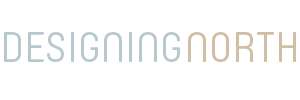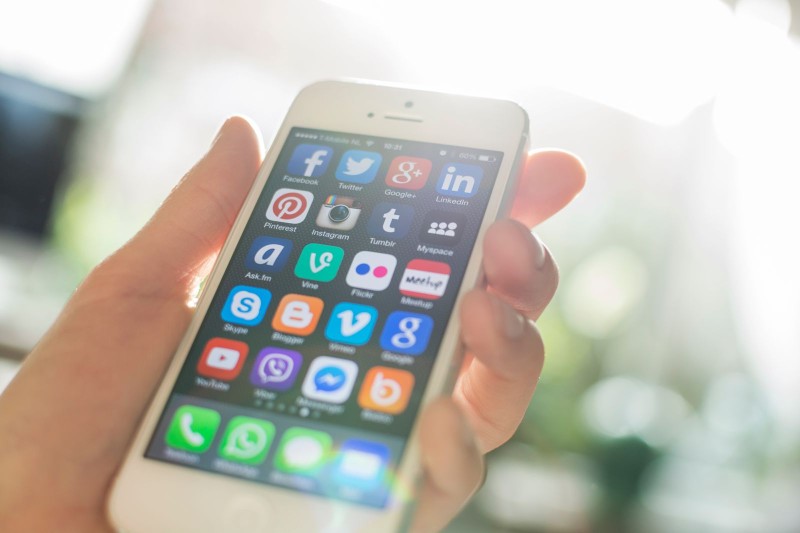One day you’re in, the next day you’re out.
Heidi Klum may have been talking about fashion when she coined that phrase, but at the rate of today’s ever-changing social media landscape she could have been talking about social media monitoring tools.
More often than not the hot young analytics system of today suddenly becomes the old prehistoric system of yesterday in what feels like the blink of the eye (or at the very least the stroke of the pen signing the very costly contract).
So what are the tools real-world social media gurus are using right this minute?
I recently posed that question to my social media colleagues at Stanford, who are using these tools on a daily basis to measure impressions, engagement, sentiment and much more.
Here are the top 10 tools (paid, free and native) our social pros are using across campus:
Paid
Radian6:
Radian6 is a great tool for aggregating data, tracking sentiment, demographics, topic trends, intent, and more. This is my go-to tool when I need to tag specific posts or do a keyword search within my search string.
Union Metrics:
When I need to run a quick report on how a hashtag campaign is doing-I start with this. Great for determining top tweets and influencers. Also one of the few good tools currently providing data on Instagram accounts/hashtags.
Bitly:
Bitly provides audience insights and measurements through custom URLs. Great way to follow the reach of content you’ve pushed out on multiple platforms and the vanity url’s really boost the branding in your tweets.
SocialFlow:
This is helpful in understanding click data. Through a special algorithm, they help you release posts when timing, relevance and audience are optimized.
Crowdbooster:
In addition to tracking engagement in real-time, Crowdbooster also uses the data to offer recommendations on how to respond to the posts.
Free
Hootsuite:
Hootsuite is an easy listening tool, which allows you to manage your platforms from one single dashboard. Even better; you can schedule your content for the times when you need to step away (because even social media extraordinaires need breaks).
Google Analytics:
Google Analytics helps you measure the conversions as a result of the referrals from each network. It also tracks the share buttons on your website helping you measure what’s being shared and where.
Native
Facebook:
Facebook provides great metrics for you to measure your own page’s activity, reach and followers. It also provides basic stats to help understand who your audience is.
Twitter:
I’m loving Twitter’s new free analytics, which highlight your account’s top tweet & mention for the month, and also tracks your account’s follower growth, impressions and monthly activity.
LinkedIn:
LinkedIn company page analytics do a great job of measuring impressions and clicks per post. In addition, they offer several options in breaking down your follower demographics (e.g. seniority, industry, function, etc.) and I particularly appreciate how they also can compare your page to other like-minded pages.
It’s important to note, that most of us on average only use about 3-5 of these tools. So before you starting worrying over which tools you should use, my suggestion would be to first define the top KPI’s you care about in social, and find the tool which best helps you measure those.
But of course don’t wait too long, as our favorite model Ms. Klum so eloquently reminded us above; social media monitoring tools, like fashion, change quickly.
Alex Murray is the Assistant Director of Digital and Social Media at Stanford Law School; navigating the murky waters of all things social one tweet, post, video at a time. In her spare time you’ll find her drinking good wine, doing important pizza research in SF and during niners seasons-glued to her iPhone as she manages her multiple fantasy football teams. Connect with her on Twitter @Social_Alex or on Linkedin.

